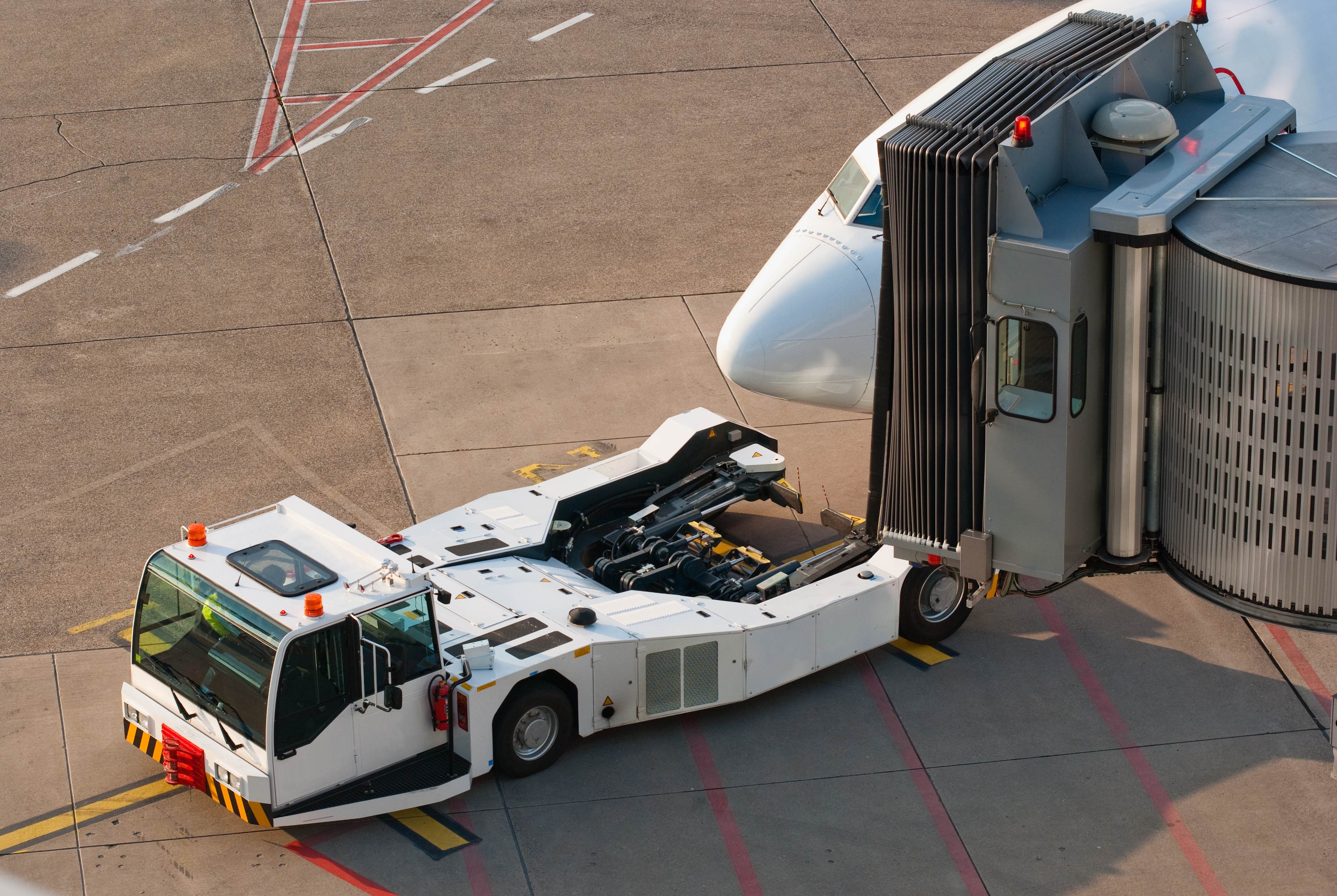
By Elizabeth Maxted, Liquidity Services
Vice President and General Manager. Capital Assets Group, Americas.
In an era where sustainability is paramount, the aviation industry is at a critical juncture as it grapples with the urgent need to address its environmental impact. As a significant contributor to carbon emissions, the aviation industry recognizes its responsibility to adopt sustainable practices, and airlines worldwide are actively seeking innovative solutions to reduce their carbon footprint and advance their sustainability agendas.
Adopting a comprehensive circular economy strategy that includes ground support equipment (GSE) is a promising avenue with tremendous potential for the economic, environmental, and social benefits it can bring to the aviation industry. To unlock the potential of surplus GSE, airlines can employ several strategies and best practices that will promote a more sustainable aviation industry.
Advantages of a Comprehensive Circular Economy Strategy:
Resource Efficiency and Cost Savings:
Implementing a circular economy strategy enables airlines to maximize the lifespan of their GSE assets. Instead of discarding or replacing equipment prematurely, surplus asset management allows for the repurposing, refurbishing, or reselling of these assets. Extending the life cycle of GSE can result in substantial cost savings while fostering resource efficiency and minimizing the overall use of raw materials and energy required for production.
Environmental Benefits:
The environmental advantages of including GSE in an aviation circular economy strategy are noteworthy. By reusing or refurbishing GSE assets, airlines can significantly decrease their waste generation and alleviate the burden on landfills while reducing the carbon emissions generated by manufacturing and transporting new equipment. This ensures that GSE assets are disposed of in an environmentally friendly manner.
Technological Innovation and Collaboration:
Implementing a circular economy strategy for GSE assets promotes innovation and collaboration within the aviation industry. By actively seeking ways to repurpose or refurbish equipment, airlines can spur collaboration among airlines, equipment manufacturers, and service providers in the creation of shared platforms or marketplaces for surplus asset management, enabling the efficient exchange of equipment and reducing redundancy.

Best Practices for Leveraging Surplus Ground Support Equipment:
Comprehensive Asset Inventory and Tracking:
A crucial first step in implementing a surplus asset management program is the establishment of a comprehensive inventory and tracking system for GSE assets. The data will facilitate informed decision-making, performance monitoring and identify optimization opportunities to enhance your corporation’s performance while reducing waste. Below are some key metrics that can be tracked when implementing a surplus asset management program.
- Capex Redeployment Savings
- Surplus Sales Revenue
- Cost Avoidance
- Landfill Avoidance
- Program Utilization
Asset Evaluation and Repurposing:
Once surplus assets have been identified, a thorough evaluation should be conducted to determine their potential for repurposing within the airline or other industries. For example, equipment no longer meeting aviation standards could be repurposed for ground handling operations in non-aviation sectors. Collaboration with third-party organizations or equipment manufacturers specializing in refurbishment can unlock new possibilities for extending the life cycle of GSE assets.
Resale Platforms:
Partnering with a B2B e-commerce platform or marketplace to resell surplus GSE assets can generate capital for your organization while optimizing the asset's future utilization and reducing waste. Airlines that utilize marketplaces can establish an efficient system for asset sales to a broad audience, ensuring the life of the surplus while advancing their sustainability commitment. 
Economic, Environmental, and Social Benefits:
Economic Benefits:
Adopting surplus asset management in a circular economy framework provides airlines with substantial economic advantages. Cost savings through equipment reuse or refurbishment directly impact an organization's bottom line, making valuable resources available for other strategic initiatives. By developing a secondary market for surplus GSE assets, airlines can also generate new revenue streams that accelerate investments in more sustainable GSE assets.
Environmental Benefits:
Embracing a circular economy strategy for GSE assets has far-reaching environmental benefits. By extending the lifespan of equipment, airlines can significantly reduce the environmental impact associated with manufacturing new equipment, such as resource extraction and energy consumption. Reduced waste generation and responsible disposal practices further contribute to a greener aviation industry, minimizing the industry's overall carbon footprint.
Social Benefits:
Promoting a circular economy and surplus asset management in aviation can yield various social benefits. Embracing sustainable practices enhances an airline's brand image and reputation, appealing to environmentally conscious travelers and potential investors. Surplus asset management programs can create employment opportunities in the refurbishment and resale sectors, supporting local economies and fostering social responsibility within the industry.
The circular economy focuses on keeping resources in use for as long as possible. The aviation industry has a unique opportunity to accelerate its sustainability journey by implementing a comprehensive circular economy strategy, particularly with a surplus asset management program for GSE assets. By focusing on surplus equipment, airlines can unlock economic, environmental, and social benefits contributing to a more sustainable and resilient aviation ecosystem. Stakeholders within the industry must collaborate, innovate, and embrace these best practices to ensure a greener future for aviation and our planet.





.png)
.jpg)
